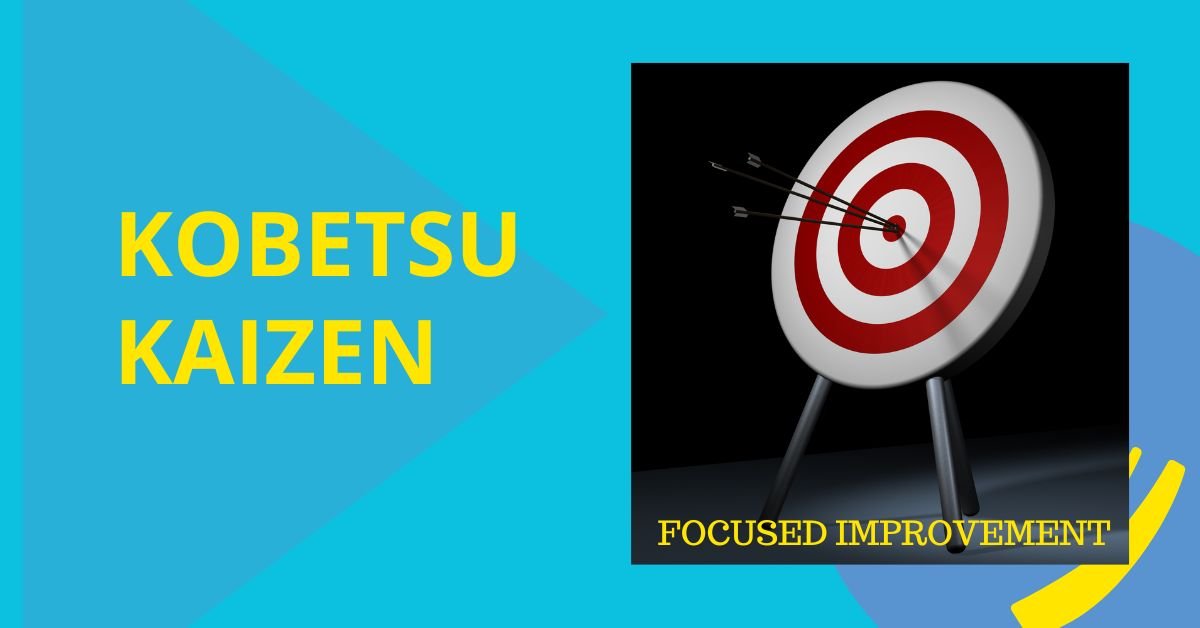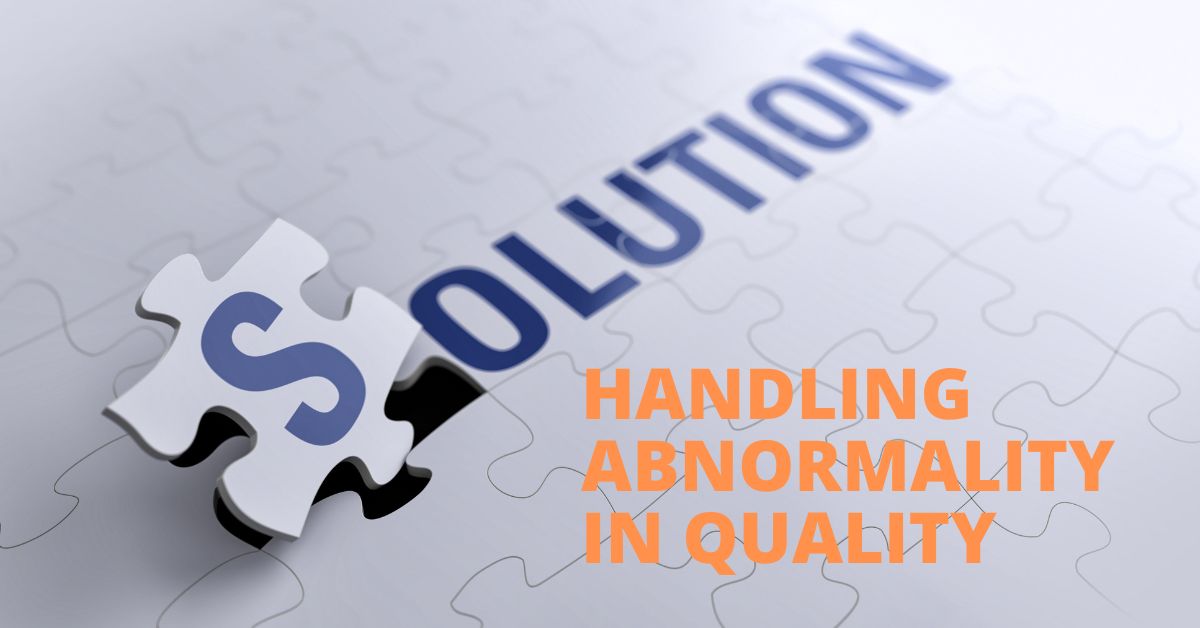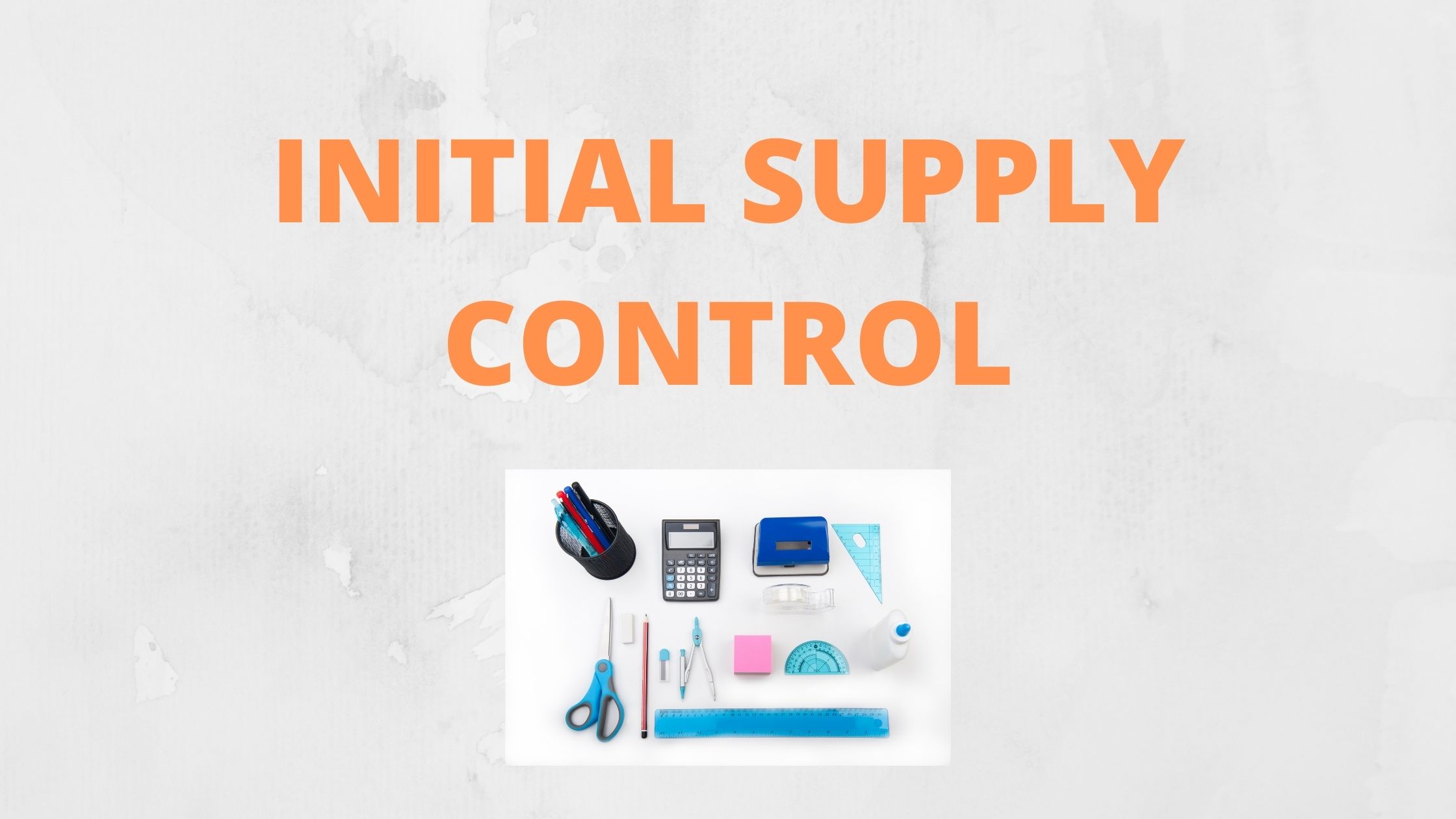Kobetsu Kaizen in manufacturing with TPM
What is Kobetsu Kaizen? Kobetsu Kaizen, which translates to “focused improvement” is a continuous improvement strategy to make incremental changes to specific processes or machines. It emphasizes eliminating waste, reducing cycle time, improving quality and boosting productivity. Kobetsu Kaizen is a Japanese term that means Targeted Improvement or Focused improvement. It is one of the … Read more










